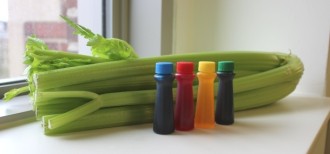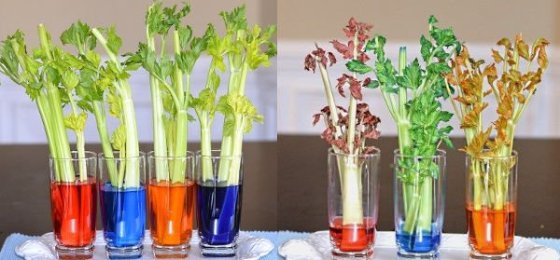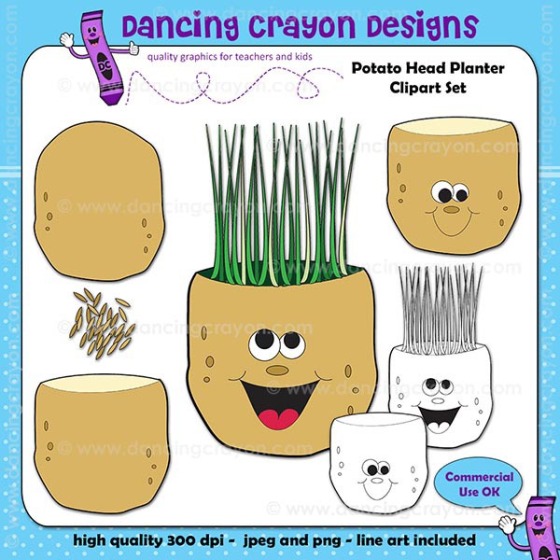There are many activities you can conduct with children to emphasis science in your classroom. Here is one of my favorites in which results are seen pretty quickly.
Supplies:
Celery
Glass of Water
Food Coloring
Have your children mix some food coloring in a glass of water. (I suggest doing this with several glasses and colors.) Place a celery stalk in the water. Watch what happens for a few days. Does the celery stalk change over time? You can have the children make predictions of what they think will happen before the experiment and later they can tell what actually happened. This is also a great way to teach children how plants grow by drinking water. It provides a great opportunity for conversations on the importance of children drinking water and staying hydrated during these hot summer days too.



